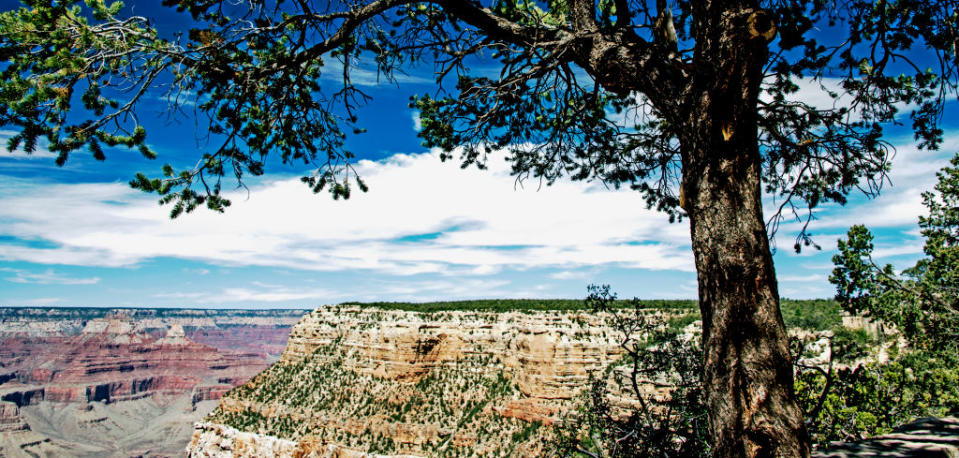The National Park Service has reversed a ban on the sale of plastic water bottles, and something seems fishy
There’s little else that’s worse for the environment than the amount of plastic waste we humans create, but there’s a simple way to fix the problem: cut down on the manufacture and distribution of plastic bottles. Back in 2011, the federal government took a big step towards cleaning up the environment when it banned the sale of disposable plastic bottles in federal parks. But the National Park Service just reversed its ban on plastic water bottle sales, leaving us with one big question — WHY?
The ban was working!
Well, where it was instituted, at least. The ban was voluntary, but only 23 parks out of some 400 opted in over the years. However, some of the parks that did ban bottles were huge, such as the Grand Canyon. In fact, the Grand Canyon estimated back in 2011 that the ban could reduce the park’s overall waste by 20%. Zion National Park claims it removed 60,000 water bottles, which comes out to around 5,000 pounds of plastic from the nation’s landfills. That’s huge! The ban was voluntary in the first place, so one can only hope that the parks will keep at it despite the fact that NPS has lifted the ban.
The bottled water ban kept 5,000 pounds of plastic waste out of Zion National Park alone. pic.twitter.com/ohcy7uYNuQ
— Jason Sparks (@sparksjls) August 19, 2017
So why the sudden change? Well, NPS said in a statement that it reversed the ban to ensure national parks visitors have access to the water they need to keep hydrated, but Backpacker pointed out a ~coincidence~ that may have had something to do with the decision.
In July, the Senate confirmed David Bernhardt as deputy interior secretary, which oversees the parks department. Previously, though, Bernhardt worked as a lobbyist for Nestlé Waters — one of the largest producers of bottled water in the country. Fishy, fishy…
@DOIDepSec Nestlé sends thanks (and a check under the table?) pic.twitter.com/C9sxsyZk5Z
— Smiling_Lillie (@lillie_randolph) August 19, 2017
Unsurprisingly, the bottled water industry is thrilled with the move. The International Bottled Water Association released a statement saying that the revocation of the ban was a great way to make sure that “safe, healthy, convenient bottled water [is made] available to the millions of people from around the world who want to stay well-hydrated while visiting national parks.”
The voluntary ban wasn’t perfect — some say that it effectively banned the healthiest option (WATER) while still allowing the sale of other products, like sugary drinks, for hikers.
Still, some of the parks were working with vendors to provide potable water and sustainable containers to park visitors. But because the ban is now lifted, there’s not much incentive for parks to continue innovating in that way. Sure, it’s good to keep the faith, but when it comes to convenience and the environment — convenience usually wins.
Hopefully, the bottled water industry will also work to innovate and find better ways to package and sell its product, especially in the national parks. Because protecting all of this beautiful land is way more important than selling bottled water. Right?

